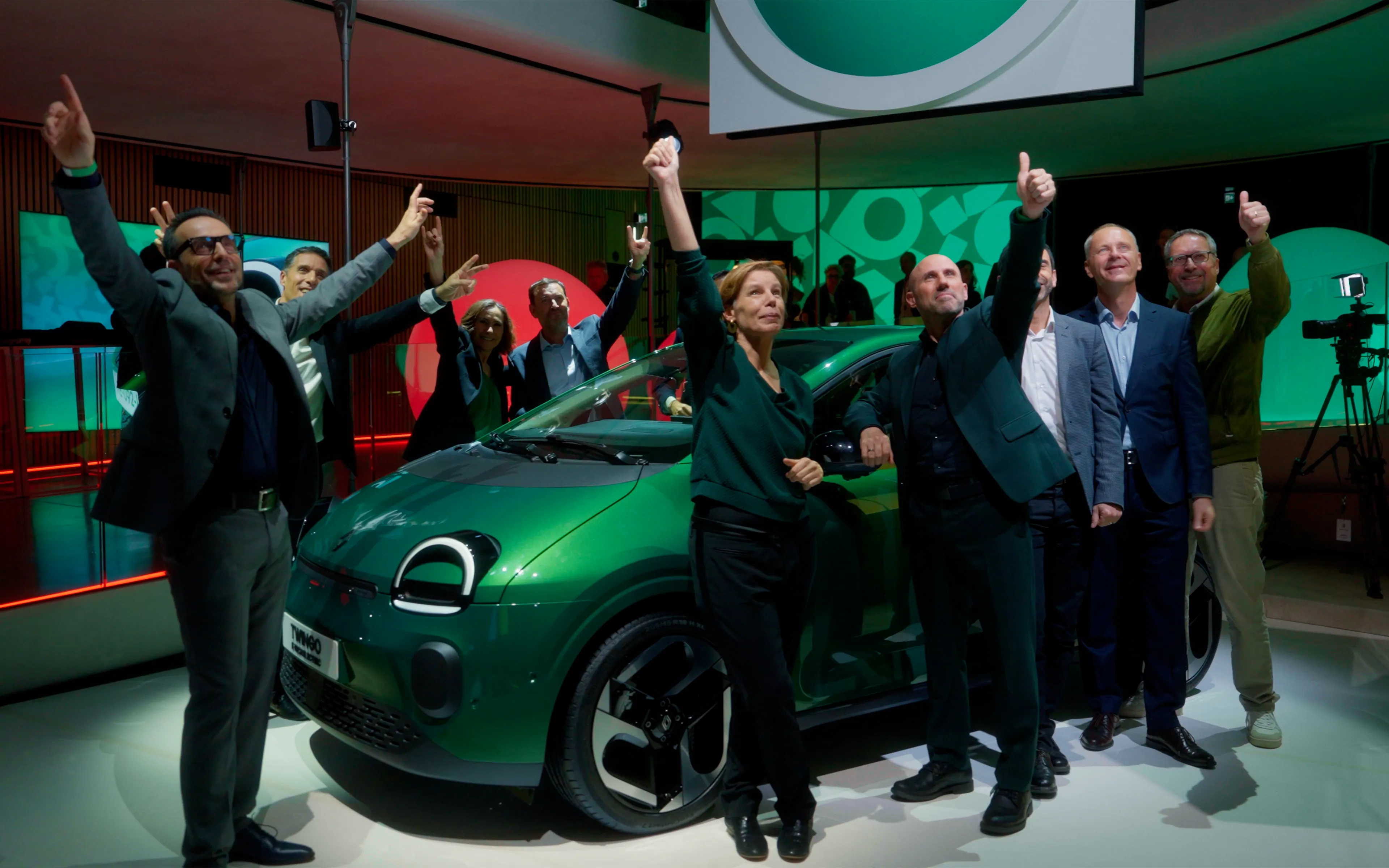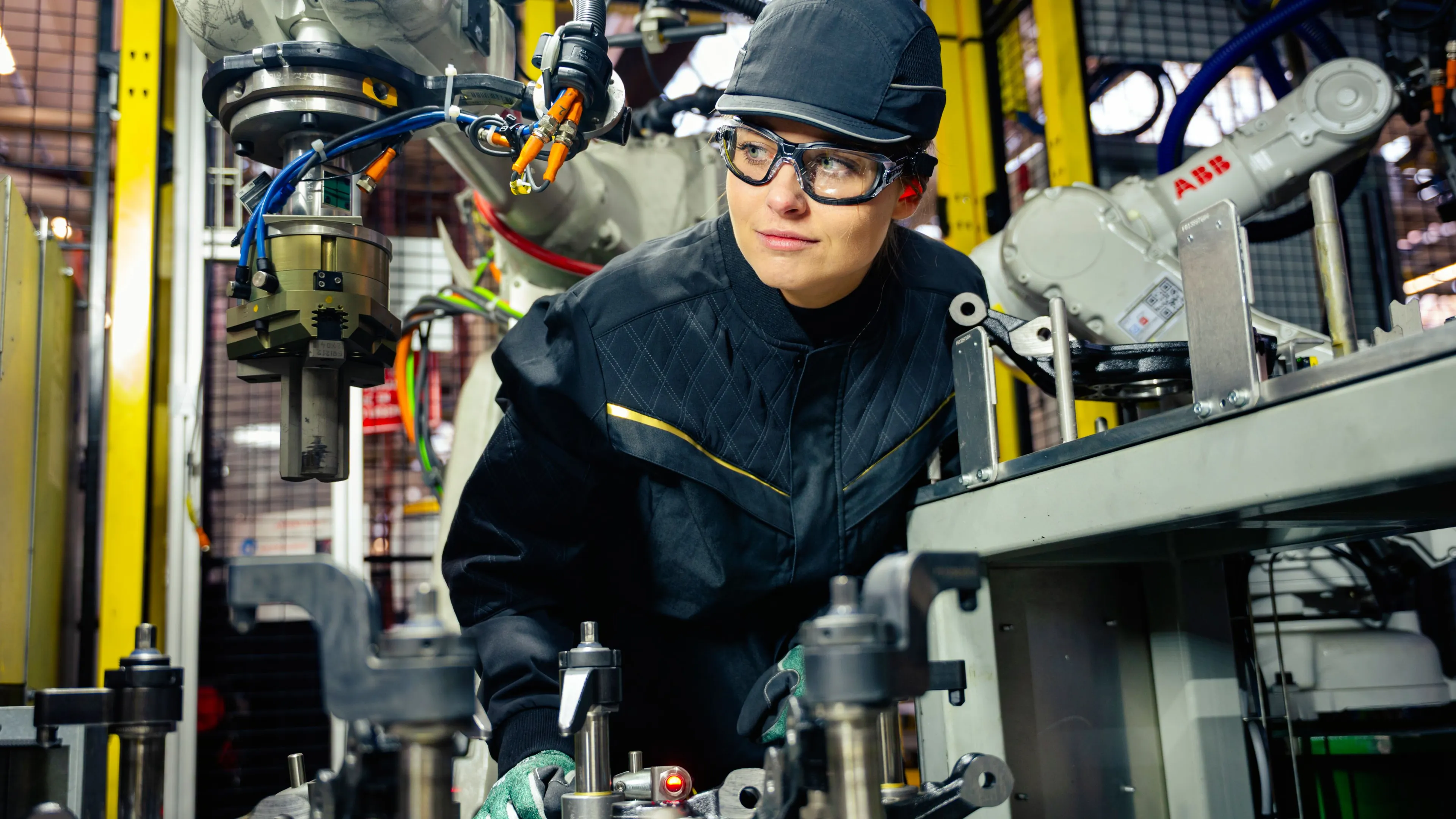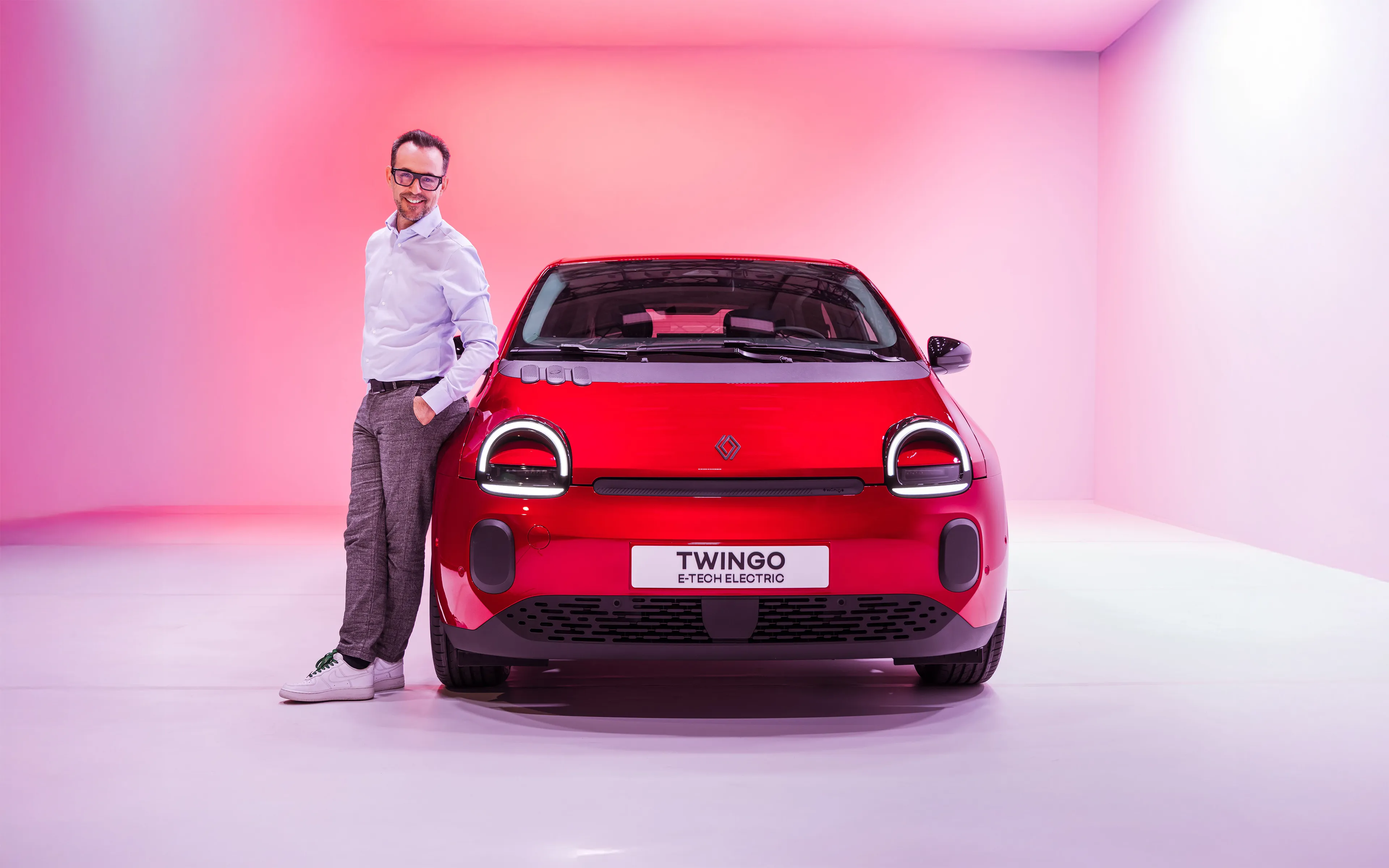Electric vehicles and low-carbon materials are key to our climate strategy
Published on

Electric vehicle charging solutions and new mobility services were reintegrated into Renault Group at the end of 2025. The Mobilize brand no longer exists, but the group continues to innovate in these inspiring areas.
What is an automaker's carbon footprint? What are its main components and the levers to reduce a vehicle's greenhouse gas emissions? World Climate Day on December 8, 2024, is an opportunity to take stock of our decarbonization strategy and highlight how far we still have to go to reach our goal of being net zero-carbon in Europe by 2040 and worldwide by 2050.
Understanding a car manufacturer’s carbon footprint
Measuring a company's carbon footprint means measuring the quantity of greenhouse gases (GHGs) emitted by all its activities, including upstream and downstream. In other words, we consider the production, use and end-of-life of the company's products. The carbon footprint of a carmaker like Renault Group thus corresponds to the sum of the GHG emissions produced in all phases of the car's life cycle: procurement of parts and materials, manufacturing in the factory, use on the road and end-of-life management.
According to the International Energy Agency (IEA), the transport sector accounts for almost a quarter of the world's total GHG emissions. More than two-thirds of these emissions are generated by road transport, and more than half by private vehicles. It's easy to understand the importance of the energy transition for the automotive industry, and the importance of creating the conditions for low-carbon mobility for an automaker like Renault Group.
Leveraging electrification
It is the use of vehicles and the type of fuel used to propel them that weighs most heavily on a manufacturer's carbon footprint. Today, this use phase accounts for around 80% of the Group's carbon footprint! And is therefore the main lever for action. The solution? Electrify the range, as electric vehicles do not generate CO₂ emissions on the tailpipe. What's more, over its entire lifecycle, from upstream to downstream, the electric car has a lower carbon footprint than a comparable internal combustion vehicle in Europe. That's three times less GHG emissions!

This electrification strategy largely explains the 28% reduction in the Group's carbon footprint between 2010 and 2023. With around ten electric vehicles in the ranges of our brands, we are well on the way to achieving the target set for this phase of use: a 35% reduction in GHG emissions by 2030.
In addition to electrification, efforts are also focused on the development of low-emission combustion engines, particularly through hybrid technologies. Renault Austral in 2021, New Renault Espace in 2023, Jogger and Duster in 2023 and 2024 for the Dacia brand: E-Tech hybrid technology reduces fuel consumption by 40% compared with an equivalent combustion engine.
Focus on eco-design
Reducing the carbon footprint of the parts and materials used to manufacture vehicles is another lever of action in our climate strategy. This item alone accounts for more than 11% of the Group’s carbon footprint. “Regarding electric vehicles, taking into account the battery, the share of materials rises to around 40 or even 50% of the car's carbon footprint, so it's essential to use less carbon-intensive materials such as recycled materials or bio sourced materials like hemp,” explains François Farion, Director of Innovation and Ecodesign, Renault Group Design Division.
Scenic E-Tech Electric incorporates up to 25% recycled materials from circular loops, such as textiles, aluminum, glass and plastic, while the small urban vehicle designed by Mobilize, Mobilize Duo and Bento in its cargo version, is made up of recycled materials accounting for 44% of its mass.
Reducing the carbon footprint of materials used in vehicle design, particularly electric vehicles, also means locating suppliers as close as possible to production centers. Since 2021, we forged partnerships to secure strategic minerals, for instance with Terrafame in Finland to source low-carbon nickel sulfate, which is essential to electric vehicle batteries.
All these initiatives are designed to reduce the carbon footprint of materials used in vehicle design by 30% by 2030.
Promoting energy efficiency and renewable energies in manufacturing
Although it accounts for only a small proportion of the Group's carbon footprint, the vehicle production phase in our factories also has a decarbonization roadmap. The aim is to focus on two key areas: the energy efficiency of industrial sites, such as the compactness of factories, which reduces the surface area to be heated or lit, and the supply of renewable energy.
"Our objective is to reduce CO2 emissions from all our industrial, tertiary, logistics and distribution sites by 80% between 2019 and 2030.Our absolute priority is to reduce energy consumption, while at the same time activating the levers of the energy transition to low-carbon energies. At Group level, a dedicated team is responsible for overseeing energy management, supported by a network of energy managers deployed at all sites. Each site adopts a roadmap adapted to its own specificities and environment to take effective action, “emphasizes Nicolas Estèbe, Director of Decarbonation and Energy Efficiency for Industry, Renault Group.
Our climate action plan also focuses on other areas, such as the reduction of emissions linked to logistics and the transport of parts and vehicles. Here, the approach consists of reducing distances travelled, optimizing truck loads, using decarbonized means of transport such as biofuel or biogas wherever possible, and increasing the share of rail and sea transport.

« Reducing the carbon footprint of an automotive company was quite a challenge! Today, however, we can see that the whole company is mobilized, with all divisions and departments asking us how we can contribute to the Group’s decarbonization trajectory. On a daily basis, we work with passionate people who relay the Group’s climate strategy to our businesses, brands and entities, and to our various sites in France and abroad”
Virginie Sauvet-Goichon
Climate Plan Leader, Renault Group.





